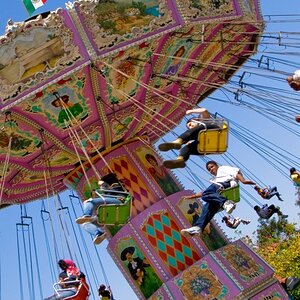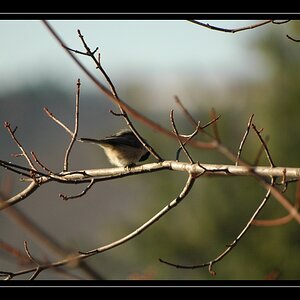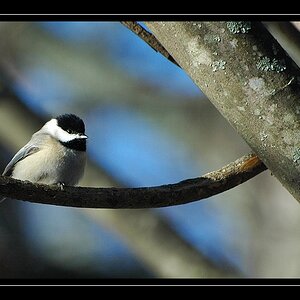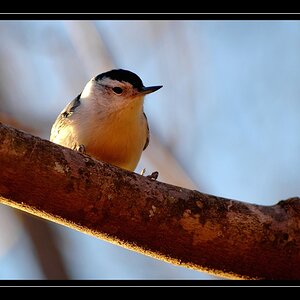MLeeK
TPF Noob!
- Joined
- Oct 20, 2011
- Messages
- 6,761
- Reaction score
- 1,380
- Location
- NY
- Can others edit my Photos
- Photos OK to edit
And just why are you arguing the point? You are correct that you can drop low, but it's not something you just do any old time and you can't disregard the basics. You have to learn the basic stuff first.
It drives me nuts that things like this are out there just to confuse the hell out of someone trying to learn. We recently had someone get so damn confused with all of this that they left. Education is built in layers. You learned first how to count. Then you learned to add and subtract by way of counting. Then you learned how to myltiply and divide by way of adding and subtracting (and memorization). Then you move on to more complicated things. It's the layers you have to build first
I am not saying you are WRONG in what you are doing and saying, you're not-the point is that you FIRST teach the basics and why. Then you have to learn to break the rules. Telling someone new who is just learning that it doesn't matter what shutter speed you use is just more confusing crap. You have to learn the guidelines first and how and why they work the way they do. Then you learn to break them and what is needed in order to break them. You also have to learn what YOUR limits are for breaking them. Some can go as low as you did. Some cannot go that low by any means.
Consider the OP and what THEY are working at first-not what you or someone else can do. You have to help them build all of those layers.
AND... Your camera has built in IS and a translucent mirror that isn't an issue for shake. Canon does not. You have to purchase IS lenses in order to have that added benefit.
It drives me nuts that things like this are out there just to confuse the hell out of someone trying to learn. We recently had someone get so damn confused with all of this that they left. Education is built in layers. You learned first how to count. Then you learned to add and subtract by way of counting. Then you learned how to myltiply and divide by way of adding and subtracting (and memorization). Then you move on to more complicated things. It's the layers you have to build first
I am not saying you are WRONG in what you are doing and saying, you're not-the point is that you FIRST teach the basics and why. Then you have to learn to break the rules. Telling someone new who is just learning that it doesn't matter what shutter speed you use is just more confusing crap. You have to learn the guidelines first and how and why they work the way they do. Then you learn to break them and what is needed in order to break them. You also have to learn what YOUR limits are for breaking them. Some can go as low as you did. Some cannot go that low by any means.
Consider the OP and what THEY are working at first-not what you or someone else can do. You have to help them build all of those layers.
AND... Your camera has built in IS and a translucent mirror that isn't an issue for shake. Canon does not. You have to purchase IS lenses in order to have that added benefit.











